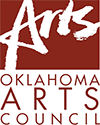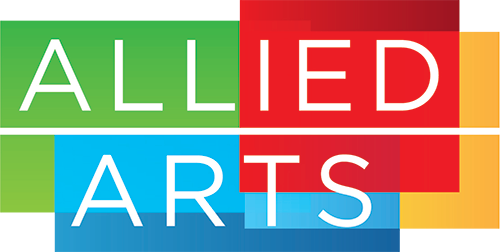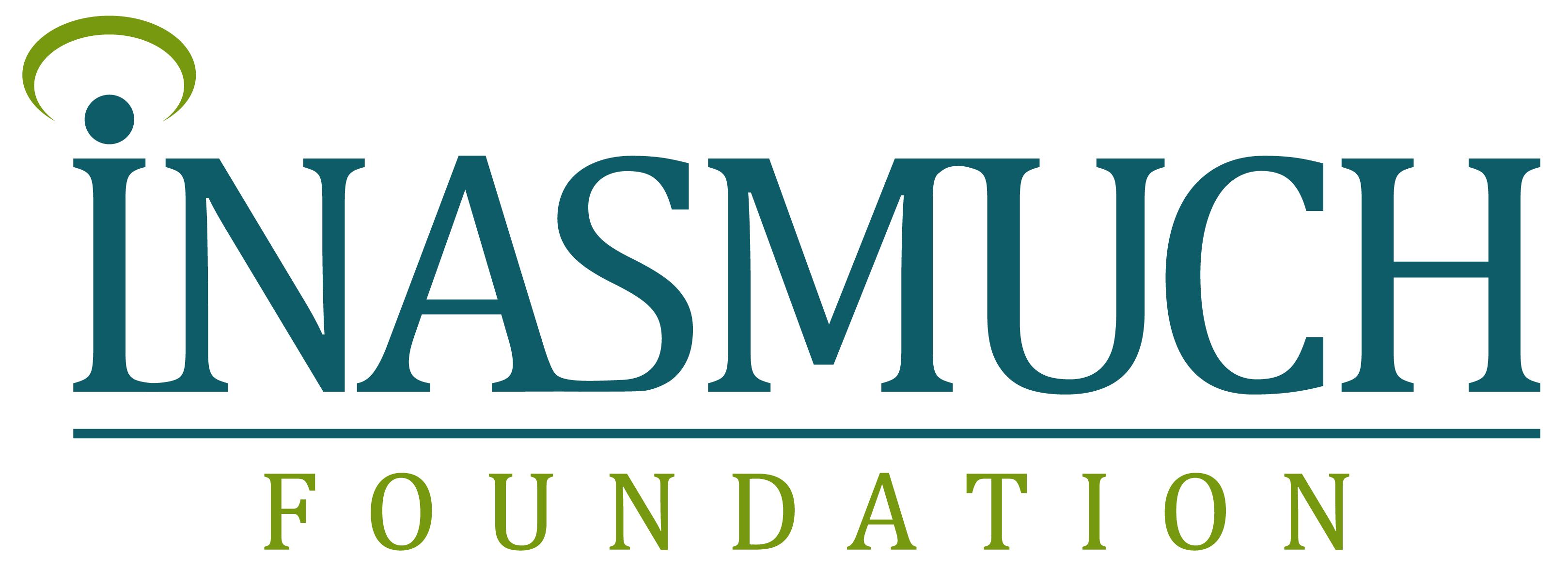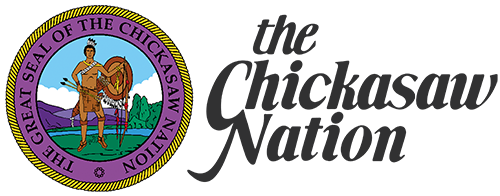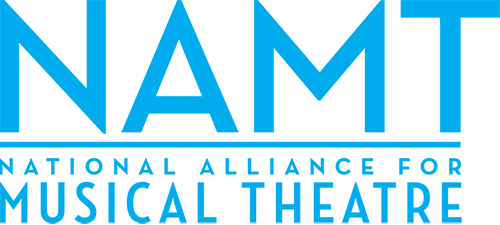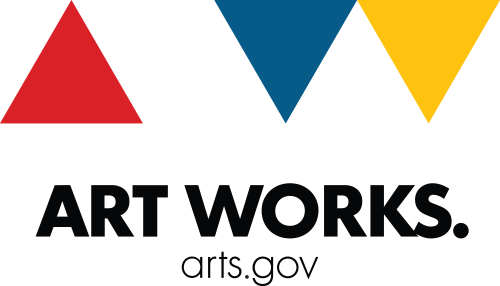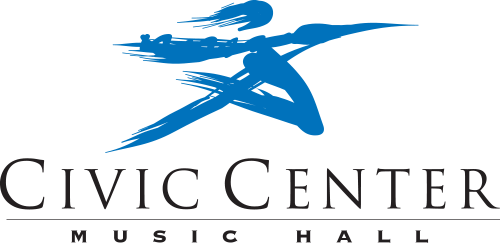Shaun Taylor-Corbett, co-creator of DISTANT THUNDER, shares insight into bringing the new Native American musical to Lyric’s stage…
What sparked you to tell the story of Distant Thunder as a musical? What motivated you to start writing it?
Originally, I had envisioned the Distant Thunder as a film, but in the very early stages I realized how much music has meant to my life and how much it has been my primary mode of self expression. I also realized how much music connects us as people and can transport a story to a heightened level not just of understanding, but of feeling. Because the story is a modern reflection of Indigenous life, bringing traditions from the past to find a way forward in the present, I wanted to blend a traditional Indigenous sound with our pop-rock sensibilities. I grew up in a family of artists, especially musical people. That led me to a career that started in musical theater. I was able to see first hand from being in the Original Broadway cast of In the Heights what a large musical can do to bring pride, power, and awareness to underrepresented voices to the theater community. I wanted an Indigenous musical to be a part of the American musical theater canon, that would create roles for Indigenous artists as well as reflect who we are as people today, and inspire the next generations to tell their stories.
What does having a full production of Distant Thunder mean to you/for you?
Having a full production of Distant Thunder is a dream come true. After meeting my mentor in the Blackfeet Nation, Darrell Robes Kipp, at the age of 15, and learning about the importance of preserving and learning one’s indigenous language in strengthening identity, I knew I had to tell this story. It’s taken a long time working on this with my mother, Lynne, who brought me to Montana at that early age to get to this production. So many have given of their hearts, spirits and time to this and it truly feels like we are making our ancestors proud. And to have it at First Americans Museum makes it all the more special.
What has the process of creating Distant Thunder been like and how has working with Lyric Theatre helped that process for you?
The process of creating the show has been just as magical as when we get to perform it. When we come together as a cast and a company, it is a real family. Everyone comes from unique tribal communities with different perspectives and cultural backgrounds, experiences and understandings, and everyone contributes to the ever-evolving nuances of the show. The themes of the show reflect lived experiences and we could never capture that without the tremendous generosity of sharing that happens in our company. Lyric and Michael Baron have given us the safest and most supported space to create our work, and have been leaders in helping to break this Indigenous musical into the mainstream artistic community. We were able to have somewhat of a workshop in 2020 with them right before the pandemic, and now we have the most beautiful showcase of the show at First Americans Museum, thanks to their outreach and commitment to Distant Thunder Indigenous theater.
What impact do you hope (or already know!) Distant Thunder will have on the lives of those who see (and/or perform in) this production?
The impact has already given back so much to all of us and I believe this show and the people in it have the potential to create an impact globally unlike any other show. The Indigenous power that the artists bring to this story has so much heart and it is so uplifting and inspiring to all who see it or are involved in the show. So much of the dream is sharing the beauty, kindness, richness and magic that comes from the Blackfeet community in Browning, MT. They have given me so much in my life journey, and have empowered me in ways that will last my whole life. I want this show to give back to them as well as all Indigenous artists who will see themselves represented in a big musical and go on to perform in productions produced in schools, communities, regional theaters and one day on Broadway. We want the show to break down doors for more Indigenous productions and stories. Many young Native students have gotten in touch with us, asking if they can perform our songs in their showcases because there are few musicals that represent who they are in the mainstream musical canon. It brings us so much joy that they can express a Native story through contemporary, pop-rock music. There is also a desire to share values and messages to a wider audience that will help guide us as a world community. We are all on Indigenous land and we need to acknowledge and reflect that in how we live and how we are led by Indigenous people and teachings.
If you’re already starting to see the impact, can you describe a specific moment when you were able to feel it first-hand?
Definitely, a college student in Minnesota reaching out to ask to sing one of our songs in her college showcase. I also feel such a sense of pride from my Blackfeet friends and community in Browning to have a story that takes place within that community shared with a large audience and be seen. There are friends coming from the Blackfeet Nation to see the show at FAM. In many ways, it is because of the work of our Native elders that we are even here today to be able to celebrate this monumental artistic achievement. Their resiliency, and that of our ancestors, has kept our languages, cultures, and our joy alive. That is expressed in our show as well.
How has creating and developing Distant Thunder impacted your own life?
The show in many ways is my life. It continues to evolve and teach me lessons through the themes, the people that come into connection with it and me, and the way it magically always connects me to my Blackfeet community and higher purpose in life. I was able to attend Okan ceremony last Summer with my Blackfeet community. I’ve never felt more connected with them than in that moment. Darrell Robes Kipp and Redman Littleplume brought me into that community when I was 15 and inspired this story. This story keeps bringing back to my home there, and last summer I was given my name, I’pyooktsitsikoom. It means “Distant Thunder.”
What do you hope for the future of Distant Thunder and new musicals like it? What do you think we in Oklahoma can do to support the continuation of that work?
I had the privilege to perform in a play called Off the Rails by Randy Reinholz at the Oregon Shakespeare Festival. That play sparked a wave of Indigenous theater productions across the nation! I want Distant Thunder to do the same, focusing on Indigenous musicals. I want to help create pathways for Indigenous artists to thrive in our theater communities and also kick down that Broadway door. I believe it is so important, especially in Oklahoma, home to 39 tribes, to invest in and produce Native stories. It is critical to our recognition of the first peoples of these lands.



